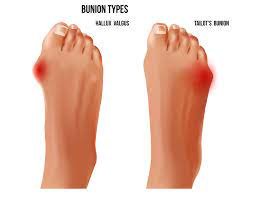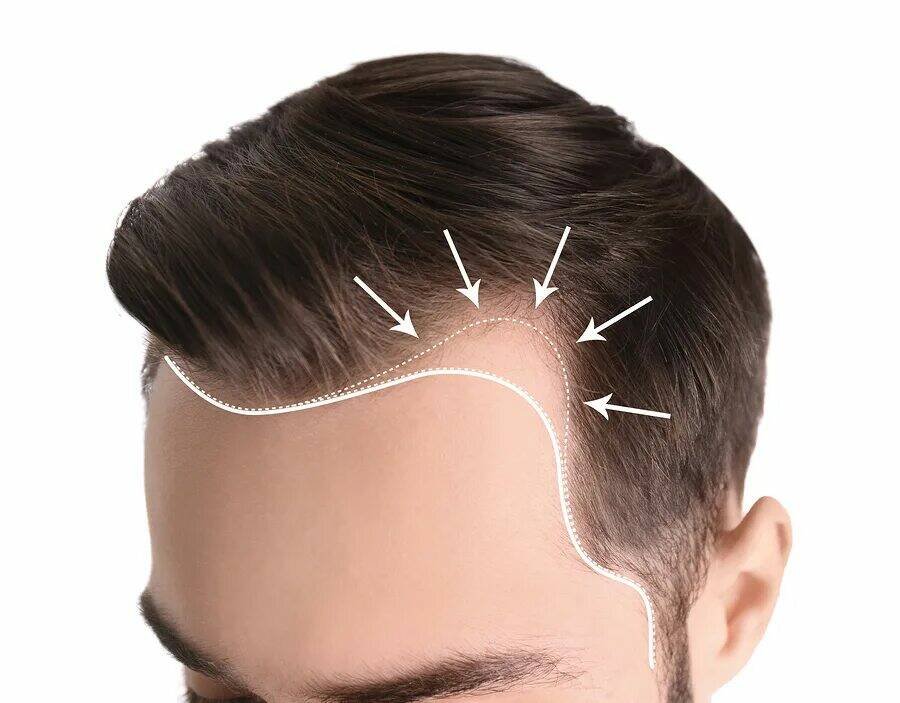Bunion surgery is one of the most common foot surgeries performed, and it can be an excellent method for eliminating the chronic foot pain that bunions bring. A bunion, also known as hallux valgus, is a bony protrusion that happens at the base of the big toe, and it has a tendency to lead to pain, toe deformity, and difficulty fitting into certain shoes. While bunions are often associated with cosmetic problems, they can be extremely painful and interfere with everyday life. For people suffering from bunions, bunion surgery is generally the most effective option for alleviating pain and reconstructing foot deformities.
In this article, we’ll cover the success rate of bunion surgery, the advantages it can offer, and what to anticipate if you’re considering having this surgery done.
Understanding Bunion Surgery
Surgery for bunion aims to correct the misalignment of the big toe joint by realigning the bones, removing the bony bump, and, if needed, reconstructing nearby tissues. The choice of surgical procedure depends on the severity of the bunion and the patient’s needs. There are different procedures, including osteotomy, exostectomy, and arthrodesis, to address various aspects of the deformity.
The operation itself is typically performed under local or general anesthesia and can take anywhere from 30 minutes to two hours to perform, based on the severity of the condition. Post-operatively, patients typically need to follow a regimen of rest, physical therapy, and wearing special shoes to ensure proper healing.
What is the Success Rate of Bunion Surgery?
In the case of bunionette correction, success is generally determined by pain relief, correction of the foot deformity, and the return to normal daily activities. Several studies have examined the success rate of bunion surgery, and the results are generally excellent. While outcomes may vary based on factors such as the patient’s age and health and how carefully the patient adheres to post-surgical care, overall, the success rate for bunion surgery is excellent.
- Pain Relief: Most patients have significant pain relief after bunion surgery. Research shows that approximately 85% to 90% of patients experience a reduction in pain after surgery. This is one of the primary reasons patients decide to undergo bunion surgery, as pain from bunions can significantly affect quality of life. Pain relief is usually achieved by aligning the toe and removing the pressure on the joint.
- Correction of Deformities: The main goal of bunion surgery is the correction of the foot deformity, which involves the big toe realignment and the reconstruction of the foot’s natural shape. Studies show that about 75% to 95% of patients have a successful bunion correction. The result varies with the nature of the surgery and the severity of the bunion, but most patients report that their feet appear more aligned after the operation.
- Improved Mobility and Function: Aside from pain relief, bunion surgery also aims to improve the function of the foot. This includes being able to walk without pain and allowing the patient to return to activities like hiking and running. Around 80% to 90% of patients experience an improvement in their ability to return to normal activities after recovery.
Factors Influencing the Success Rate of Bunion Surgery
There are several factors that influence the success rate of bunion surgery. While surgery is extremely successful for the majority of people, there are certain factors that can affect the outcome. Being aware of these factors will enable appropriate expectations and the optimal result.
- Severity of the Bunion: One of the most important factors that can influence the success of surgery is the severity of the bunion. In people with mild bunions, the surgery is less complicated and has a higher likelihood of success. In individuals with more severe bunion deformities or additional problems with their feet (such as arthritis), surgery may be more complex, and the recovery period may be longer.
- Age and Overall Health: Overall health and age can also influence recovery time and the likelihood of complications. Younger, healthier patients heal more quickly and with better outcomes. Older individuals or those with pre-existing medical conditions, such as diabetes or circulatory issues, can anticipate a longer recovery and higher risk of complications.
- Surgical Technique: The success rate can also be determined by the kind of surgery performed. There are several surgical procedures available to correct bunions, and they vary in complexity. Surgeons can choose the appropriate procedure based on the individual patient’s needs, and it is best to choose an experienced surgeon to achieve the optimum result.
- Post-Surgical Care: Following proper post-operative care instructions is crucial for the success of bunion surgery. This includes following activity restrictions, wearing appropriate shoes, and adhering to physical therapy if recommended. Failure to follow post-surgical care instructions may result in complications or extended healing times.
- Footwear Choice: One of the etiologies of bunion formation is ill-fitting shoes. After bunion surgery, wearing proper shoes can avert the recurrence of the deformity and guarantee the durability of the procedure’s success. Choosing shoes with good support and adequate room for the toes is essential for success in the long term.
Risks and Potential Complications
Though bunion surgery has a high success rate, like any surgery, complications can occur. Some of the complications that can happen are:
- Infection: Like any surgery, there is a potential for infection. However, infections after bunion surgery are rare, and most can be treated with antibiotics.
- Non-union or Malunion of Bones: Occasionally the bones fail to heal as anticipated, and complications can occur. This is more apt to occur in severe bunion deformity.
- Nerve Damage: With any surgery, there is a minimal risk of nerve damage, which can lead to numbness or tingling of the foot or toes.
- Recurrence of the Bunion: In some cases, the bunion can return, especially if the post-operative instructions are not followed.
- Despite these risks, the overall success rate of bunion surgery is good, and most patients experience great results.
When Should You Consider Bunion Surgery?
Surgery is typically only advised when symptoms cannot be relieved by conservative treatments, such as orthotics, physical therapy, and changes in footwear. Surgery may also be recommended when the bunion is extremely painful, limits motion, or impedes daily activities. For individuals who suffer from chronic pain or extreme deformity, bunion surgery offers a long-term solution that restores foot health and improves the quality of life.
Conclusion
Bunion surgery is quite successful, and most patients experience a significant amount of pain relief and correction of the deformity in the foot. While the surgery may vary depending upon the severity of the bunion and the patient’s individual needs, it is most commonly successful in both alleviating the pain and enhancing the functional problems of bunions. If you are considering bunion surgery, you need to talk to an experienced surgeon to discuss your alternatives and determine the best treatment plan for your condition.



